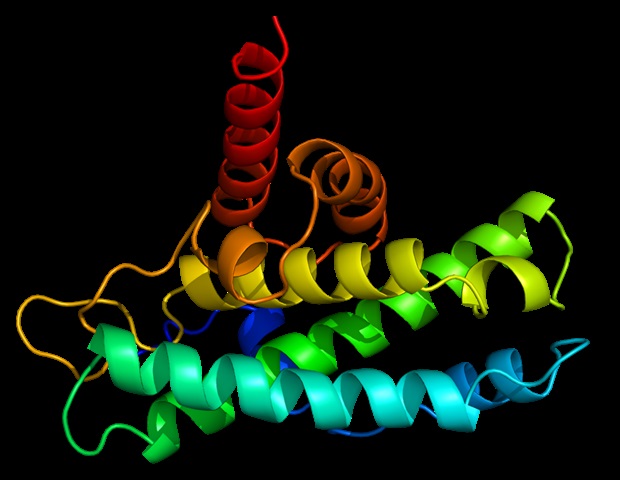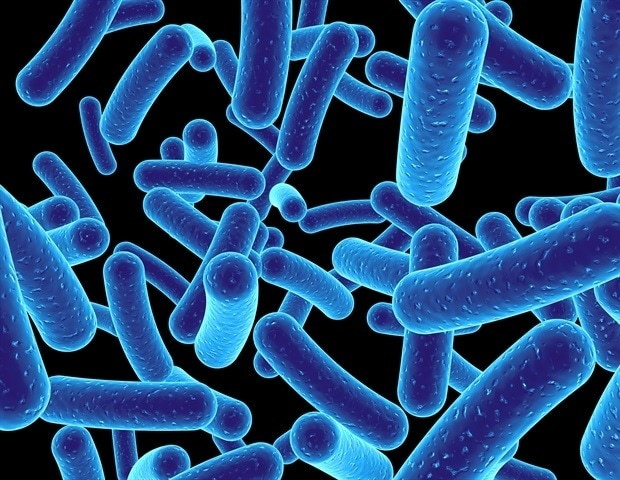- 71-year-old survives months with genetically engineered pig liver Euronews.com
- Chinese Surgeons Perform First Pig-to-Human Liver Transplant The New York Times
- Breakthrough in Liver Xenotransplantation: Genetically Modified Pig Liver Transplanted…
Category: 6. Health
-
71-year-old survives months with genetically engineered pig liver – Euronews.com
-
Ebola outbreak in southern Congo shows signs of containment with no new cases, WHO reports
DAKAR, Senegal — An Ebola outbreak that has plagued southern Congo in recent weeks is starting to be contained, the World Health Organization said Wednesday, with no new cases reported since the U.N. health agency’s last update on Oct. 1.
Continue Reading
-

Research uncovers ASPL’s critical role in stress granule life cycle
Stress granules are droplet-like protein hubs that temporarily shield fragile RNA from cellular stresses such as toxins. VCP is a protein essential for breaking up stress granules and has been linked to neurodegenerative diseases….
Continue Reading
-

Clinical manifestations and neural basis of semantic dementia: Converg
Introduction
Semantic dementia (SD) is a progressive neurodegenerative disease characterized by impaired confrontation naming, receptive vocabulary deterioration and impaired single-word comprehension as core clinical manifestations. Individuals…
Continue Reading
-

Researchers quantify forced labor risk in five dietary patterns
Many Americans choose food based on cost and nutrition, but personal values, such as animal welfare and environmental concerns, also shape what ends up on our plates.
Now, researchers at the Gerald J. and Dorothy R. Friedman…
Continue Reading
-

Prior incarceration linked to poor health in older adults
A recent analysis reveals that older adults with prior incarceration report worse physical and mental health than their peers, even if they were incarcerated in the distant past. The findings are published in the Journal of the…
Continue Reading
-
Chinese Surgeons Perform First Pig-to-Human Liver Transplant – The New York Times
- Chinese Surgeons Perform First Pig-to-Human Liver Transplant The New York Times
- A man in China lived more than 170 days after transplant with pig liver, doctors report CNN
- Pig’s liver transplanted to human in world first Yahoo News UK
- Pig liver…
Continue Reading
-

Changes in the gastric microbiota linked to growth of neuroendocrine tumors
Researchers from Osaka Metropolitan University have discovered how the balance of bacteria in the stomach affects the growth of neuroendocrine tumors (NETs). By identifying the specific bacteria involved and the biochemical…
Continue Reading
-

Surgical menopause associated with higher risk of workforce exit
Menopause before the age of 45 (known as early menopause) is associated with an increased risk of an array of serious diseases, including cardiovascular disease and osteoporosis. A new study suggests that it may also force women out…
Continue Reading
-

Brains of Stranded Dolphins Showed Signs of Alzheimer’s Disease : ScienceAlert
Might brain damage linked to Alzheimer’s be one of the reasons dolphins lose their way and end up stranded? It’s a possibility explored in a new study of 20 common bottlenose dolphins (Tursiops truncatus) stranded in the Indian River Lagoon,…
Continue Reading